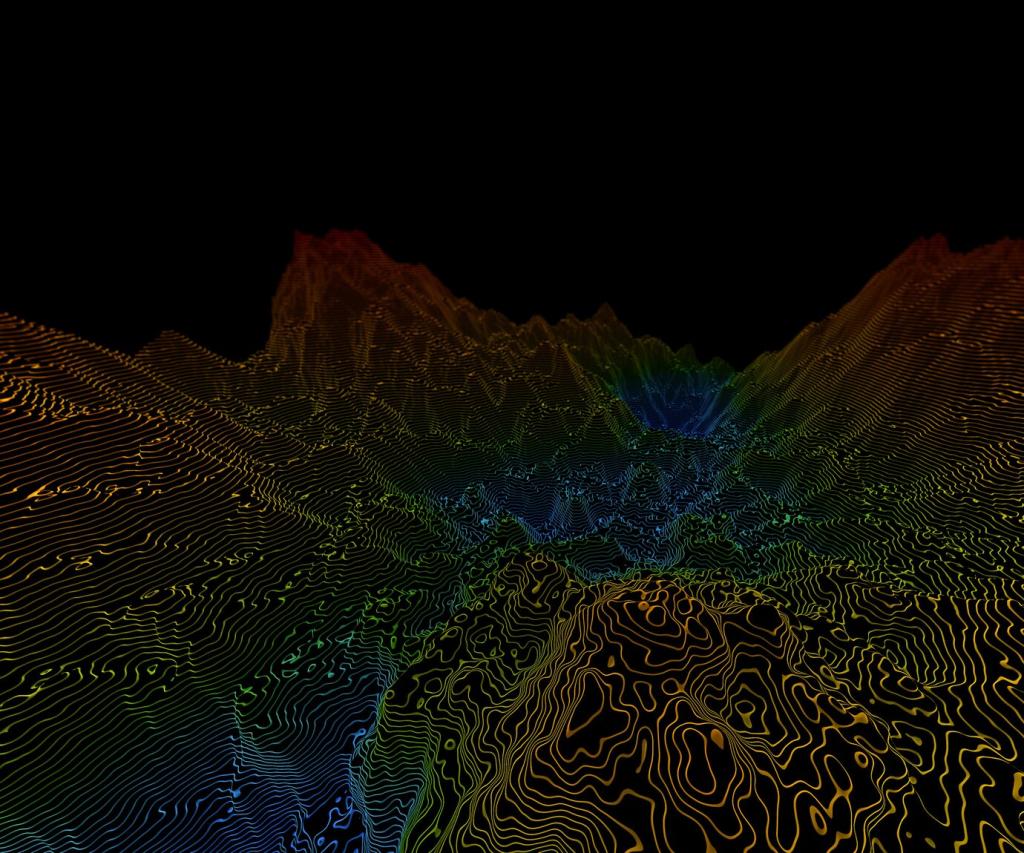From Cave Walls to Classical Vistas
In caves like Lascaux and Chauvet, early artists focused on animals, yet the curving walls and mineral stains whisper of hills, hollows, and flickering torchlight. These settings, however subtle, seeded the idea that place itself could carry meaning and memory.
From Cave Walls to Classical Vistas
Along the Nile, artists arranged fields, palms, and canals like sacred geometry. Scale was symbolic, but the agricultural grid translated lived geography into art. Comment with an ancient landscape that fascinates you—what patterns do you see in your own surroundings?





